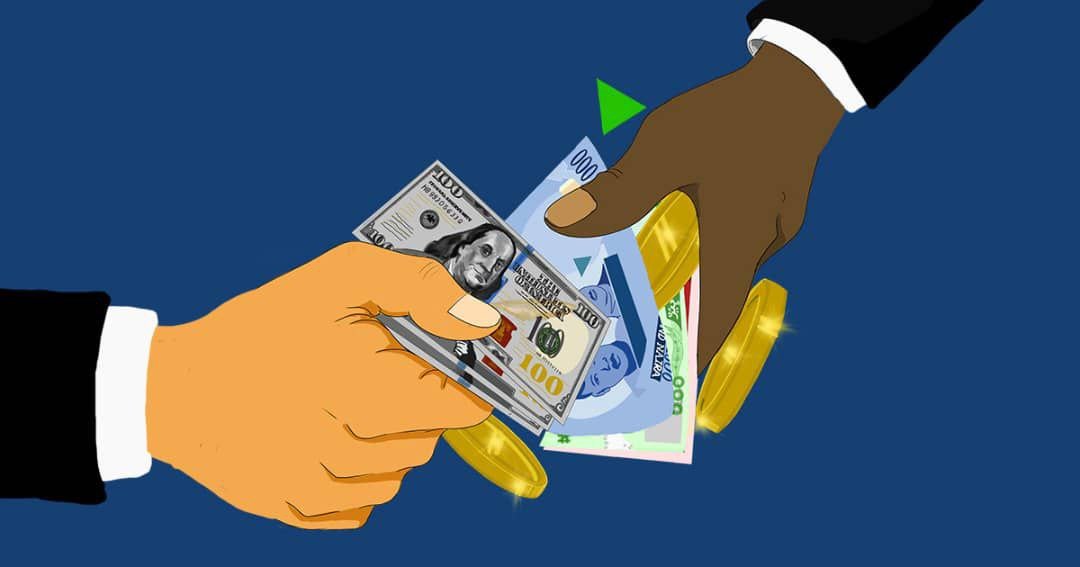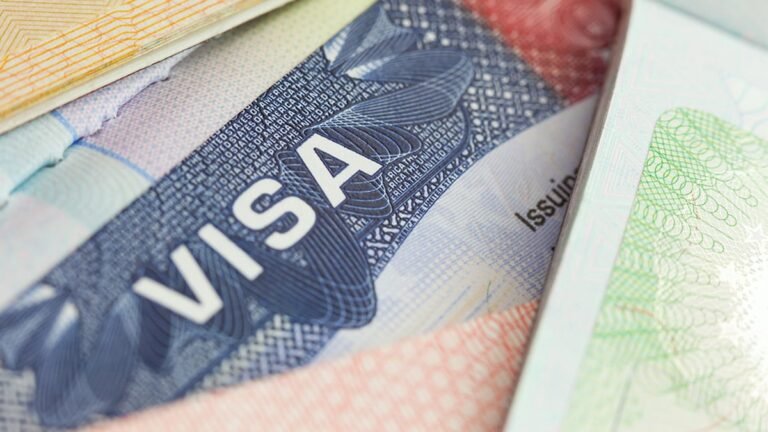As of October 22, 2025, the Nigerian Naira’s exchange rates against major currencies showed mixed movements across different market segments, according to data from the Central Bank of Nigeria (CBN), LemFi and Remitly.
In the Nigerian Autonomous Foreign Exchange Market (NAFEM), the naira gained 0.03% to close at ₦1,464.50/$ on October 21, according to data from the Central Bank of Nigeria (CBN).
In the Black/parallel market, data from nairablackmarket.com and Abokiforex reveal the naira was quoted around N1,488-N1,490 (Buy) and N1,450-N1,490 (Sell) against the dollar.
Also Read:
- Dollar-Naira Exchange Rates Today (October 21, 2025): Naira Strengthens 0.48% to N1,464/$…
- Dollar-Naira Exchange Rates Today (October 20, 2025): Naira Strengthens 1.15% to N1,474/$
- Dollar-Naira Exchange Rates Today (October 17, 2025): Naira weakens 0.10% to N1,472/$
- Dollar-Naira Exchange Rates Today (October 15, 2025): Naira depreciates to N1,467/$1
In the International Money Transfer Operators (IMTO), data sourced from platforms like LemFi and Remitly, revealed the naira weakened against the dollar by 0.07% to ₦1,488/$ on October 22, from ₦1,487/$ on October 21.
The naira gained against the Great British Pound by 0.25% to ₦1,991.61 from ₦1,996 per GBP, while the naira appreciated against the Euro by 0.23% to ₦1,726 from ₦1,730.
The naira gained against the CAD by 0.09% to ₦1,060.51.
Meanwhile, foreign reserves stood at $42.792 billion as of October 20, a 0.23% increase from $42.69 billion on October 17, maintaining overall stability.
The U.S. Dollar Index (DXY) has shown a modest upward trend, climbing from around 98.6 to approximately 99.1 as of October 22, 2025.
This reflects a mild strengthening of the dollar against a basket of major currencies, following a few days of gradual gains.
Recent reports suggest a softening in U.S.–China trade tensions, as U.S. Treasury Secretary Scott Bessent confirmed plans for renewed talks with Chinese Vice Premier He Lifeng, signaling a more cooperative tone.
Markets responded positively, with safe-haven assets such as gold easing as trade-related risks subsided.

























